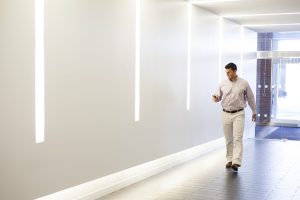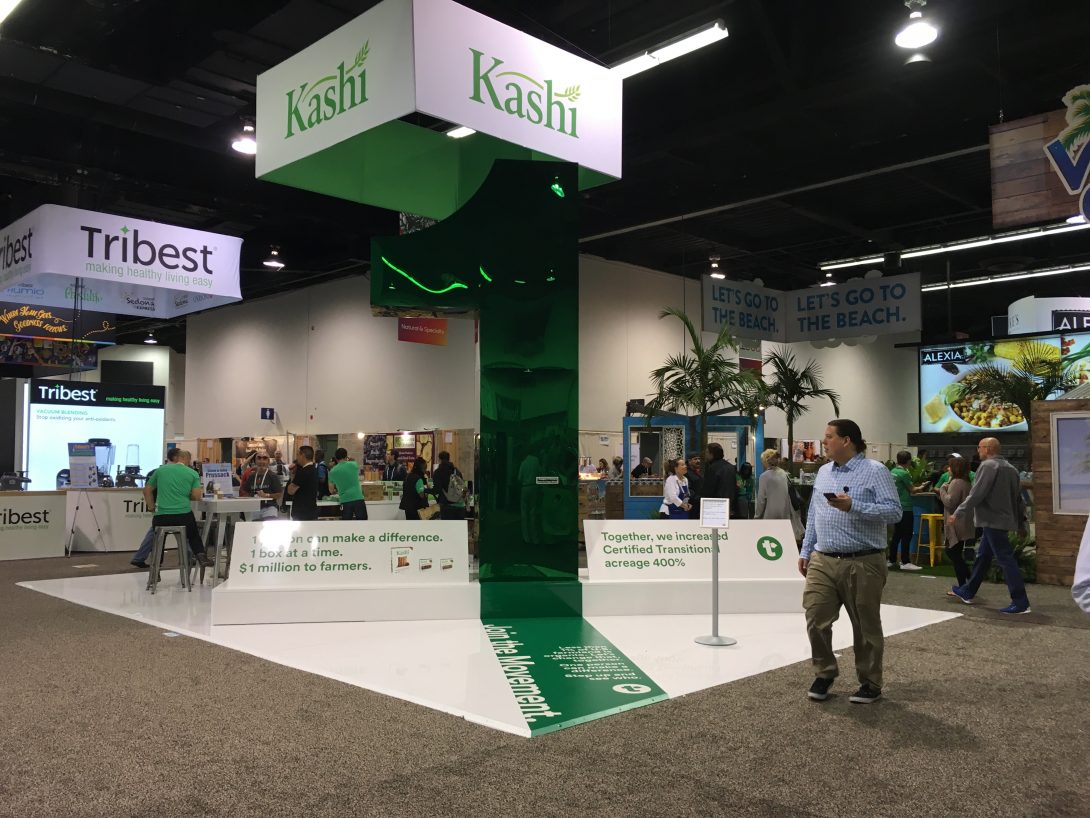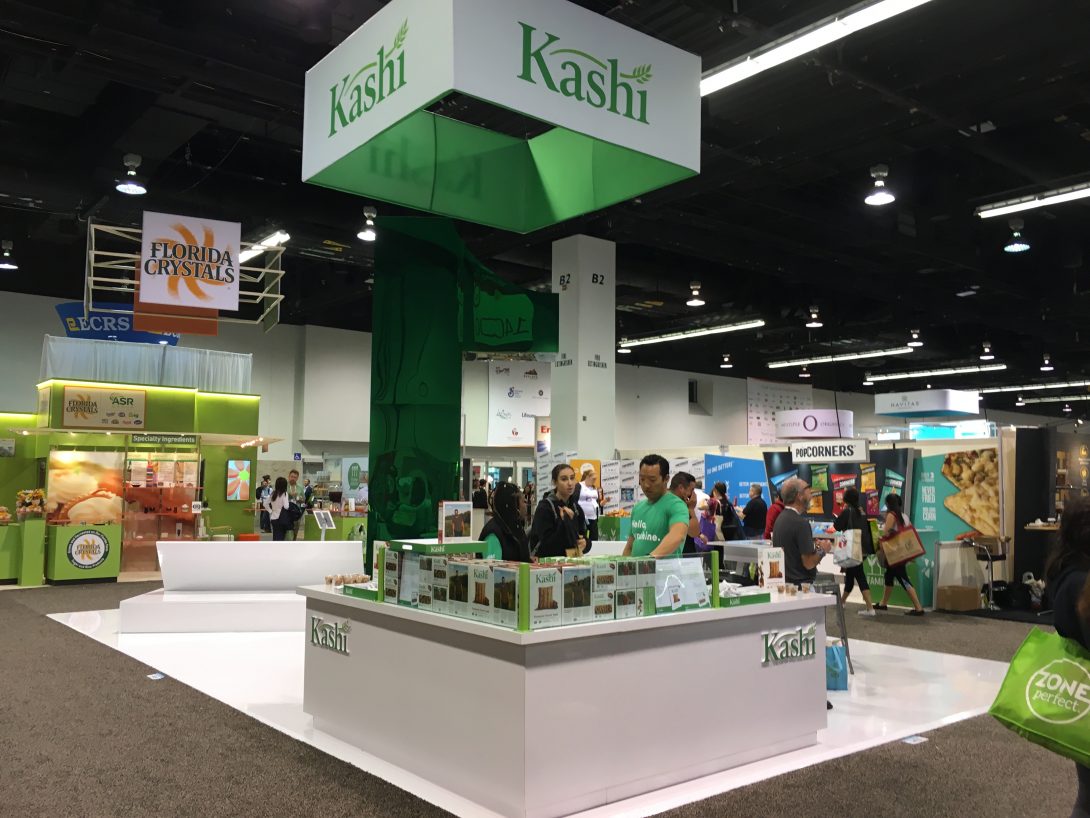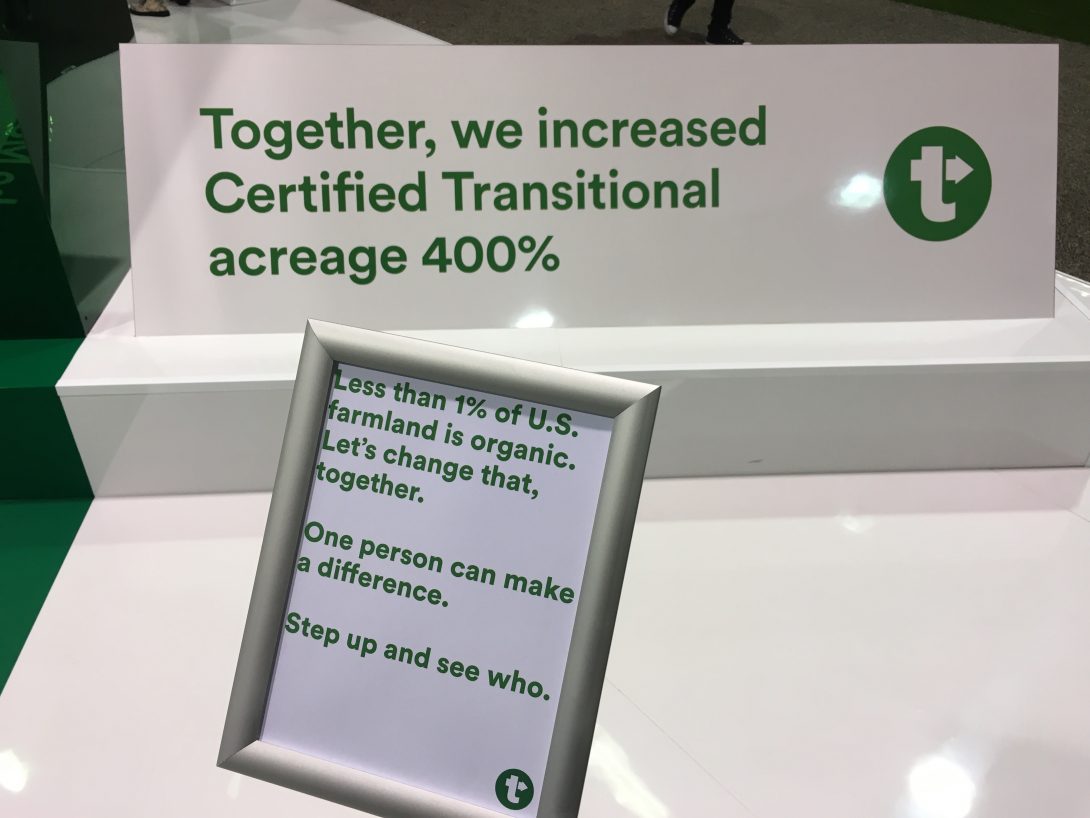8 Tradeshow Follow Up Best Practice Tips
I’ve been doing tradeshow follow up on a couple of shows (three, actually, when I think about it) for the past several weeks. One of the questions I ask of the people I’m following up with is, “How is your follow up going?”
“Oh boy, I have a lot more to do. It seems to be never-ending,” said one person, who said he was about a third of the way through his list a month after the show.

Frankly, tradeshow follow up can be a bit of a slog. A grind. A long haul. But it’s got to be done!
But you’ll never know the full results of your tradeshow appearance or attendance until you complete the follow up. “Complete” follow up may be a misnomer; I suspect that most people never get through the complete list of people they are intending to follow up with.
But like a good Harry Bosch novel, it ain’t over until the last page, your follow up ain’t over until you’ve talked to the last person.
Given the difficulty of making all of those calls, and connecting with all of those people, here are (x) tips to help you get to the last page of the novel, er, uh, the end of your call list.
8 Tradeshow Follow Up Tips
- Set aside a time to call. Most of us wear a lot of hats, and finding time to make those calls is hard, unless you plan for it. Budgeting for the time, blocking it out and committing to it, are the basic elements of making sure you at least get the first step done. Put it on your calendar, put in a reminder notification, and make it happen.
- Block out everything else during this time. I find it works best to turn off the email program, and perhaps even shut the door to your office if you have one. If you’re in a more open office environment, make it clear to colleagues that you’re carving out this time and would like to have that time as uninterrupted as possible.
- Know what you’re going to say. Having gone through a couple of sales seminars, and a year of sales training with Sandler Sales, I’ve come up with a script, or at least an opening line that easily and unthreateningly opens the door to a conversation. “Did I catch you at a bad time?” give the person on the other end a chance to say, “Yes. I’m just going into a meeting (or whatever),” and if that’s the case, you ask when a better time might be to catch them. If they say “No, this is a good time,” they’ve just give you permission to forge ahead. Once in the conversation…
- Know your goal of the call. Are you trying to sell something that can be sold in one call? Are you looking to have a brief call and if there’s interest to move forward, schedule a second, more in-depth call later? Whatever your goal, don’t hang up until you’ve either determined there is no “there” there (no chance of a sale), or that you both agree on what the next step is and when.
- Be consistent. Hell, be a pest. I am. I even tell people that I’m a pest, but a nice pest. The response I get when I say that is something like a laugh and then, “No, that’s okay – I really do need to talk to you – please keep trying to get me.” They admit that they’re hard to reach and they don’t always return calls. Understand that virtually everybody you talk to is probably overworked and they have a to-do list that’s longer than they’ll get to in the foreseeable future. But if they really are interested in what you are pitching, be consistent. Stay in their radar. Send an email if they can’t be reached via phone.
- Be available at unusual times if you are really having a hard time connecting and have expressed a genuine interest in your product or service. Offer to take a call after hours, or before the office opens.
- It’s not about you. Don’t take it personally. If you get rejected, it’s not because of you. A hundred different reasons may be affecting the prospect’s ability or interest to engage with you. Those reasons could be financial, personal, business. You really don’t know what they’re going through, so just move on. Sales follow up can be a bummer if you take it personally. But if you make a lot of calls and develop the prospects you have into genuine leads, you’ll have plenty to do.
- Never give up. I’ve put certain prospects and even former clients on the back burner for years but have never completely given up on the idea of getting them as a client, or back as a client again. Things change. They always do. People move within a company; they move to other companies, a company’s goals and budget will change. Just because they said no once or twice doesn’t mean they’ll say it forever.



